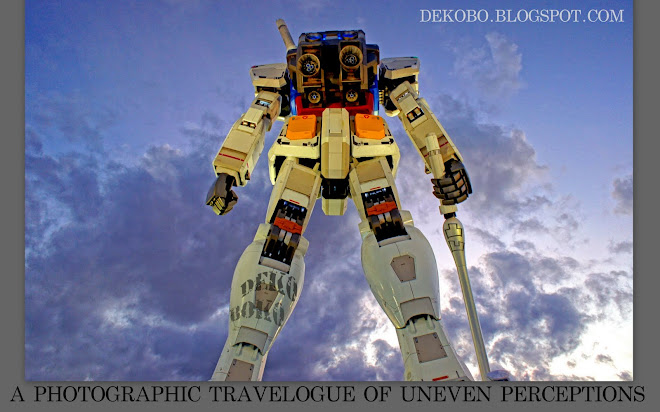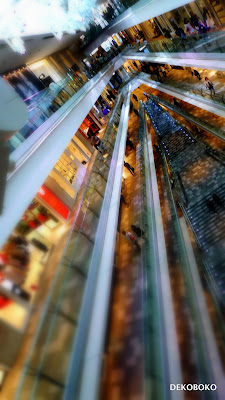
View of the Suma coast from atop the Rokkō mountains gazing out toward the Akashi Kaikyo bridge. I just returned from a trip to Tōkyō where, on Sunday, witnessed Earth Day Tōkyō 2010 at Yoyogi Park. The event was quite large and very well attended with many booths and tents covering all manner of goods, services, and information covering the environment and the outdoors. The event especially stressed environmental friendliness and food self-sufficiency, as well as celebrating the 40th anniversary of the campaign, which originated in the United States. It was crowded and for the most part like most Earth Day events in America or Europe with people enjoying music, joining various environmentally friendly activities and sampling organic foods. Some notable exceptions, many of the attendees dressed the part essentially like hippies that were somehow also very stylish in a 'Japanese' manner accessorized with frisbees, foot bags and juggling. Secondly, most of the drinks and eats required renting dishes or providing your own so no wood, paper, or plastic was used and huge panels were situated on either side of the food court area that absorb heat from the sun and the energy captured was used to warm water for visitors to wash their dishes.

























































